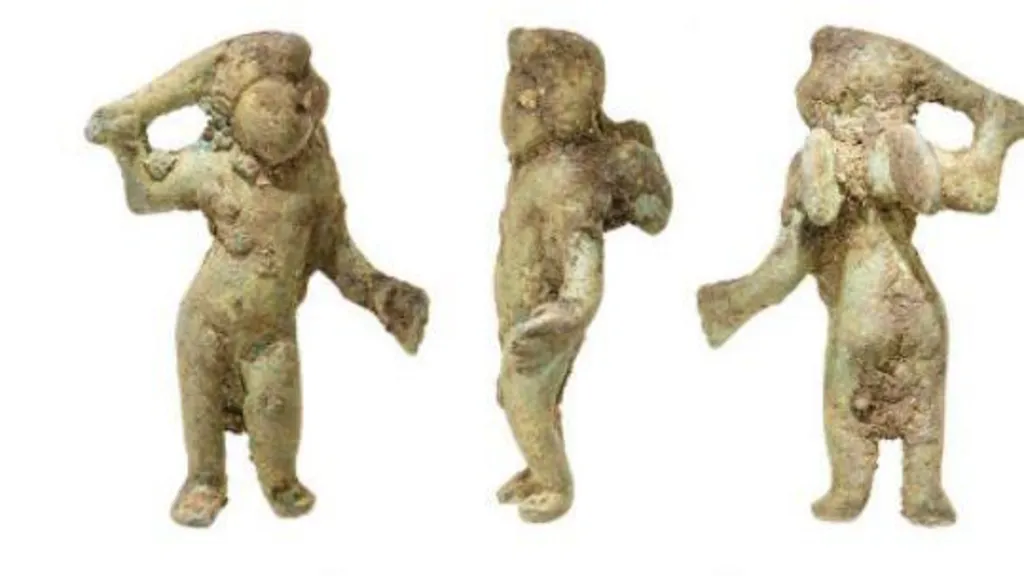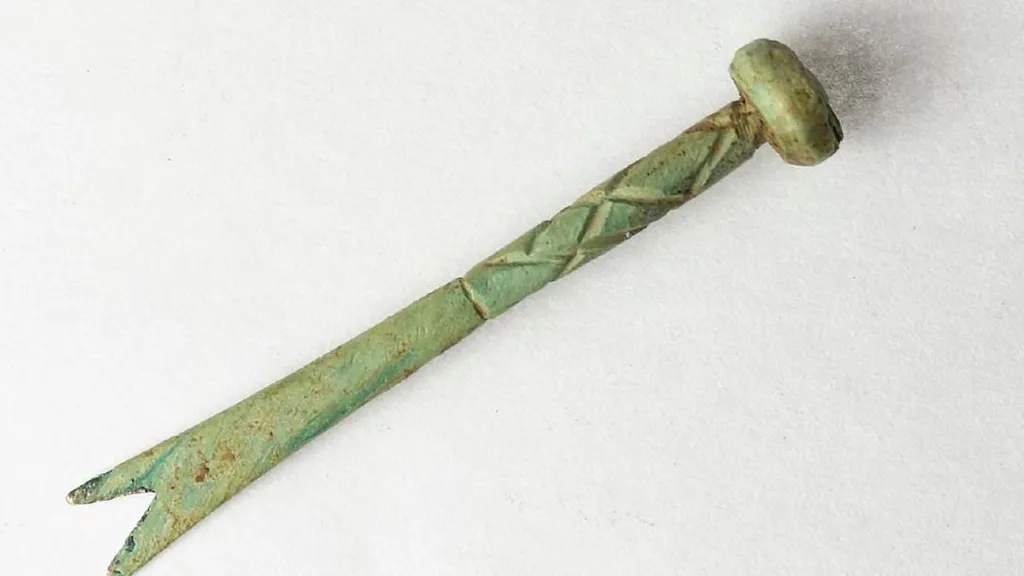
Roman cupid figurine found during road construction work
A Roman cupid figurine was found during road construction work on the A417 in the Cotswolds.
Archaeological excavations carried out by dozens of British archaeologists prior to the road construction also uncovered artifacts dating back 12,000 years and Roman nail clippers.
A National Highways spokesman said: “Groundbreaking research has helped uncover Gloucestershire’s rich history dating back thousands of years thanks to archaeologists working on the A417 Missing Link project.”
The artifacts date from the Mesolithic, Neolithic, Bronze Age, Iron Age, Roman periods and the Second World War.
📣 Our WhatsApp channel is now LIVE! Stay up-to-date with the latest news and updates, just click here to follow us on WhatsApp and never miss a thing!!

“Excavating an area of 355,000 square meters, the team of more than 60 archaeologists and 50 office-based specialists spent more than 100,000 working hours to carefully excavate and curate more than 100,600 artifacts weighing over 100,000 kg and will be carefully preserved for future generations,” he said.
Steve Foxley, Project Director of the A417 scheme, said the artifacts provide a “unique window into Gloucestershire’s ancient history”.
“These discoveries will contribute significantly to our understanding of how people in the past adapted to changing environmental conditions and we will ensure the remains are preserved and recorded,” he said.
Jim Keyte, National Highways Archaeology Project Manager for the A417, said his team was “now beginning detailed analysis and interpretation of the finds”.
The items, including pottery, nail clippers, coins and jewelry, will go on public display at Gloucester Guildhall on May 11.
You may also like
- A 1700-year-old statue of Pan unearthed during the excavations at Polyeuktos in İstanbul
- The granary was found in the ancient city of Sebaste, founded by the first Roman emperor Augustus
- Donalar Kale Kapı Rock Tomb or Donalar Rock Tomb
- Theater emerges as works continue in ancient city of Perinthos
- Urartian King Argishti’s bronze shield revealed the name of an unknown country
- The religious center of Lycia, the ancient city of Letoon
- Who were the Luwians?
- A new study brings a fresh perspective on the Anatolian origin of the Indo-European languages
- Perhaps the oldest thermal treatment center in the world, which has been in continuous use for 2000 years -Basilica Therma Roman Bath or King’s Daughter-
- The largest synagogue of the ancient world, located in the ancient city of Sardis, is being restored











Leave a Reply